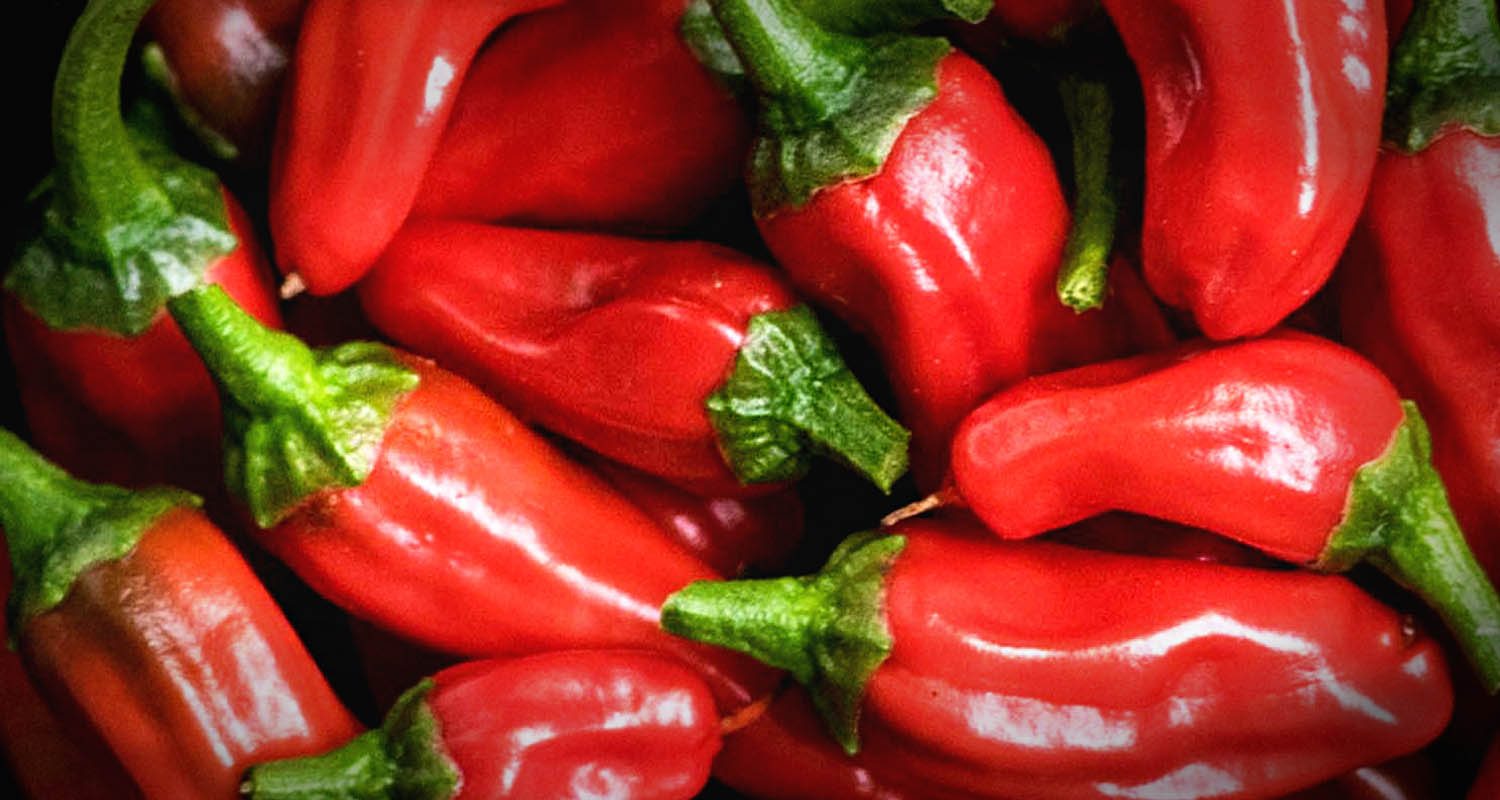
Eating hot peppers isn’t for the faint-hearted. Where I grew up in New Mexico, eating them is a measure of how tough you are.
What you might not know is that consuming chili peppers could land you in the hospital. That’s what happened recently to a 34-year-old man, who turned up at an emergency room in New York complaining of intense headaches and dry heaving, according to a British Medical Journal (BMJ) case report.[ref url=”http://casereports.bmj.com/content/2018/bcr-2017-224085″]
The man, who wasn’t identified, said the pain started a few days earlier after he ate a Carolina Reaper — the hottest pepper in the world[ref url=”http://www.guinnessworldrecords.com/news/2013/11/confirmed-smokin-eds-carolina-reaper-sets-new-record-for-hottest-chilli-53033″] — while taking part in a chili-pepper-eating contest.
Hot peppers caused narrowing of blood vessels in brain
“The patient ate the pepper and immediately starting having a severe headache that started in the back of the head and spread all over within two seconds,” said Kulothungan Gunasekaran, MD, a physician at Henry Ford Hospital in Detroit and lead author of the BMJ report.
Diagnosed with reversible cerebral vasoconstriction syndrome (RCVS), the man’s troubles likely started with the pepper, concluded the report. RCVS — characterized by an acute and severe “thunderclap” headache that takes only minutes to reach maximum intensity — is caused by the constriction of blood vessels in the brain. Normally, headache medications like ergotamine or triptans, and illicit drugs like cocaine and amphetamines, cause RCVS – not peppers.
In this man’s case, a high concentration of capsaicin in the peppers, the same chemical which gives peppers their spiciness, likely caused the constriction of his blood vessels, which subsequently caused the headaches and RCVS. Capsaicin is vasoactive, or directly affects the diameter of blood vessels.
Hot peppers are noxious for some people and beneficial for others
While this man’s case is a rare occurrence, eating normal amounts of hot peppers isn’t without its risks either. Hot peppers are such a double-edged sword that I quit eating them.
For some people, eating peppers is a delicious way to reduce inflammation. Capsaicin content depletes substance P, a pain-sensing neurotransmitter in the body. However, for other people, hot peppers can cause arthritis[ref url=”https://www.ncbi.nlm.nih.gov/pmc/articles/PMC1115436/”], cravings, brain fog, weight gain, leaky gut[ref url=”https://www.ncbi.nlm.nih.gov/pubmed/12479649″], acid reflux, heartburn, and other forms of inflammation.[ref url=”https://www.ncbi.nlm.nih.gov/pubmed/10632656″] This is due to toxic plant compounds in peppers called lectins — also present in other nightshade veggies like tomatoes, potatoes, eggplant, and goji berries — that cause inflammation.
Lectins in nightshades are the culprit
I wrote extensively about this problem in The Bulletproof Diet, which explains why peppers are in the “suspect foods” category of the Bulletproof Diet Roadmap. You can also learn more about the downside of lectins and their implications for autoimmune diseases from this Bulletproof Radio (iTunes) podcast episode, where I interview renowned cardiologist Steven Gundry, MD, author of The Plant Paradox.
By the way: Not all lectins are dangerous. Your body makes tons of them every day, and it is unreasonable to try to avoid eating all lectins. However, for the majority of people, the biggest offenders are built into the Bulletproof Diet plan, so you know which to avoid entirely. These bad lectins cause your leptin levels to rise; which causes insulin resistance; which causes you to get fat; and so on.
Lectin sensitivity is genetic
Some of us evolved to handle specific toxins, others didn’t. Green chile is my soul food. I like to cry when I eat. But when I did the research for the Bulletproof Diet, I stopped eating all nightshades for a couple of weeks to see if I was one of the many people impacted by them.
I was, and when I quit eating hot peppers (and nightshades), the muscular tension in my back and neck went away. My knees (diagnosed as arthritic at age 14) stopped hurting. My inflammation went down. When my 8-year-old accidentally eats them, he gets the same neck pain. When my father quit eating them, he was able to avoid a joint replacement. But other people feel great! Do you know if hot peppers are kryptonite for you?
Find out if you are lectin-adverse through an elimination diet
The best way to find out is to embark on an elimination diet. As I mentioned, you want to avoid all nightshades (peppers, tomatoes, potatoes, eggplant, and goji berries) for 2-4 weeks. Then slowly – one-by-one — you reintroduce the foods back into your diet. Monitor yourself for any adverse signs and symptoms: headaches, rashes, achiness, inflammatory concerns. If you notice nothing, chances are that particular food is fine for you to eat in moderation. If you experience discomfort in any form, steer clear of that food.
If you are one of the lucky ones who can eat peppers, read 5 Reasons to Eat More Hot Peppers to learn how they curb aging, relieve pain, boost your cardio, and burn more fat. Bottom line: Use peppers judiciously and always pay attention to how you feel after eating them.










